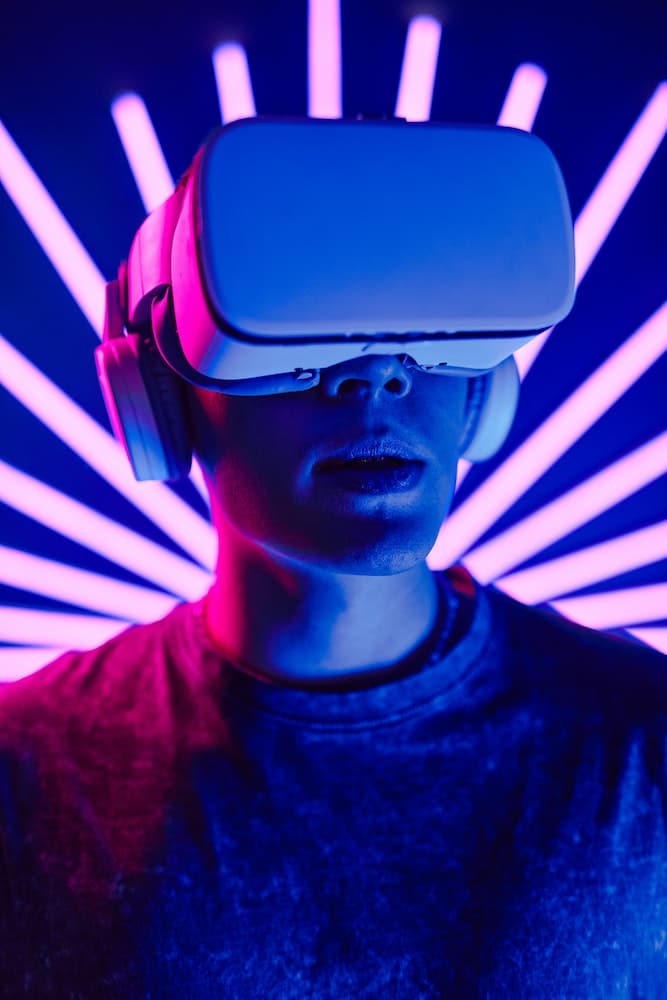In the digital age, with the advancement of technology and the growth of research, traditional methods of treating various health issues have evolved. Technology has paved the way for innovative and effective treatment approaches, particularly concerning mental health disorders. Virtual Reality Exposure Therapy (VRET) is one such advancement that is gradually gaining traction. It leverages the power of virtual reality for exposure therapy, particularly in the treatment of phobias.
Let’s delve into this interesting topic, examining the impact of VRET on the success rates of phobia treatment in the light of scholarly articles, clinical studies and through the lens of cognitive behav(ior) research.
En parallèle : How Can Smartwatches Assist in Monitoring Hydration Levels During Endurance Sports?
1. The Concept of Virtual Reality Exposure Therapy
Before we proceed to evaluate the effects of VRET, it’s crucial to comprehend what this revolutionary therapy entails and how it functions. Virtual Reality Exposure Therapy is a form of therapy that uses virtual reality technology to expose participants to the situations or objects they fear in a safe, controlled environment. Essentially, it combines cognitive therapy with the power of technology, creating a realm where fear can be confronted without real-world risks.
Through the Google Scholar database, numerous articles and research papers explore this innovative form of treatment, emphasizing its potential as a transformative mental health solution. With a focus on anxiety disorders, including phobias, these studies present a strong case for VRET’s efficacy.
A lire également : How Can Dance Movement Therapy Support Emotional Regulation in Adolescents with ADHD?
2. The Scope of Phobias and Anxiety Disorders
To understand the magnitude of the impact that VRET can have, one must comprehend the prevalence and diversity of phobias and anxiety disorders. According to a PubMed health review, phobias are one of the most common mental disorders in the United States, affecting millions of individuals across all age groups.
Phobias are categorized as anxiety disorders and are typically characterized by intense, irrational fears of specific objects or situations. These fears can severely disrupt daily life, making the necessity for effective treatment options, such as VRET, vital. Within the realm of anxiety disorders, phobias present a unique opportunity for VRET application due to their specific, concentrated nature.
3. Virtual Reality Exposure Therapy In Action
So, how exactly does VRET work as a treatment method for phobias? It involves immersing the patient in a computer-generated virtual environment that replicates the object or situation they fear. The therapy employs graded exposure, starting with less frightening scenarios and gradually escalating to more challenging situations as the patient’s tolerance increases.
Take the example of a study reviewed on Crossref, which assessed the use of VRET in treating acrophobia (fear of heights). The participants’ exposure to virtual reality environments that replicated different heights helped reduce their fear and anxiety. This successful application of VRET demonstrates the therapy’s potential to revolutionize the treatment of phobias.
4. Clinical Studies on Virtual Reality Exposure Therapy
The clinical evidence for the effectiveness of VRET is mounting. Many studies indexed on PubMed and Crossref validate its application, demonstrating improved treatment outcomes for a variety of phobias. For instance, a randomized controlled trial reported significant improvements in patients suffering from arachnophobia (fear of spiders) after undergoing VRET.
Moreover, the longer-term effects of VRET also appear promising. Follow-up studies indicate that the improvements in anxiety symptoms are maintained over time, suggesting that VRET may have lasting therapeutic benefits. These clinical results affirm the potential of VRET as a cutting-edge, effective treatment for phobias.
5. The Implications of Virtual Reality Exposure Therapy
In conclusion, it’s clear that Virtual Reality Exposure Therapy has profound implications for the treatment of phobias and anxiety disorders. The integration of technology and cognitive therapy introduces a novel, immersive approach to exposure therapy, offering a promising solution to individuals grappling with debilitating fears.
From the information sourced from Google Scholar, PubMed, Crossref, and the wealth of clinical studies on VRET, this treatment method has been shown to enhance phobia treatment success rates significantly. While more research is needed to further substantiate these findings, there’s no denying the potential of VRET to reshape the future of mental health treatment.
6. Comparing Virtual Reality Exposure Therapy to Traditional Exposure Therapy
In order to fully appreciate the impact of Virtual Reality Exposure Therapy, it’s valuable to compare it with the traditional method: in vivo exposure therapy. In vivo exposure therapy, as defined by PubMed, involves exposing patients directly to the real-life situations or objects they fear, to help them overcome their phobia.
Despite its efficacy, in vivo exposure therapy presents several challenges. For one, it can be logistically difficult and costly to recreate some phobic scenarios, such as flying for individuals with a fear of planes. Also, some patients may resist exposure to real-life situations due to the high anxiety levels induced, hindering the therapy progress.
On the other hand, VRET, according to a meta-analysis on Google Scholar, overcomes these limitations by providing a controlled, safe environment for exposure. The virtual reality technology allows the recreation of any terrifying scenario, no matter how complex, without leaving the therapist’s office. This cost-effective and convenient approach could potentially lead to improved adherence to therapy and, consequently, more successful treatment outcomes.
7. The Future of Virtual Reality Exposure Therapy
The technology of virtual reality is continuously evolving, and with it, so is the scope of Virtual Reality Exposure Therapy. As per a free article on PMC, researchers in the field are exploring ways to make the virtual reality environments more realistic and immersive, which could heighten therapy effectiveness further.
In the future, we can expect a greater integration of VRET into routine mental health care. With the ongoing research and clinical trials, we may soon see VRET applications extending beyond phobias to other mental health disorders, such as post-traumatic stress disorder and obsessive-compulsive disorder.
8. Conclusion: Unlocking the Potential of Virtual Reality Exposure Therapy
In summary, Virtual Reality Exposure Therapy holds substantial promise for the treatment of phobias and anxiety disorders. As per the data from Google Scholar, PubMed, Crossref, and multiple clinical studies, VRET has already shown a positive impact on phobia treatment success rates.
The ability to combine technology and cognitive therapy in a controlled, safe setting offers a unique approach to exposure therapy. With its demonstrated clinical effectiveness and the potential for further advancement, VRET is poised to be a transformative tool in mental health treatment.
While we anticipate more research to solidify the long-term benefits and potential applications of VRET, the present evidence already underscores its value as a powerful tool for phobia treatment. We’re indeed on the cusp of a new era in mental health treatment, with VRET leading the charge.






